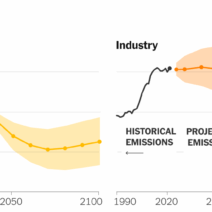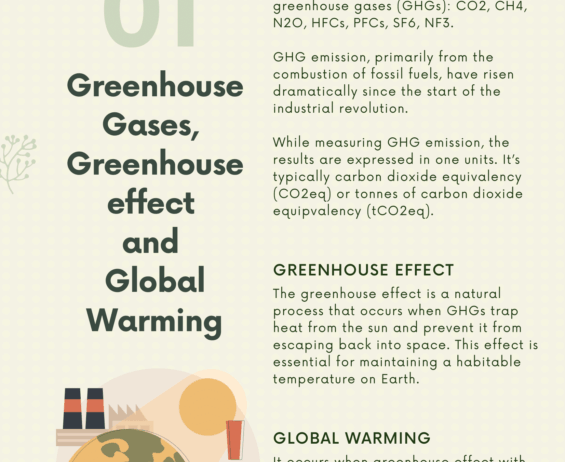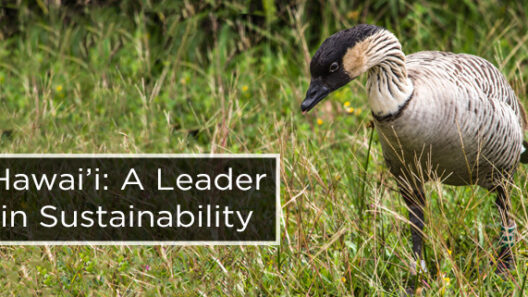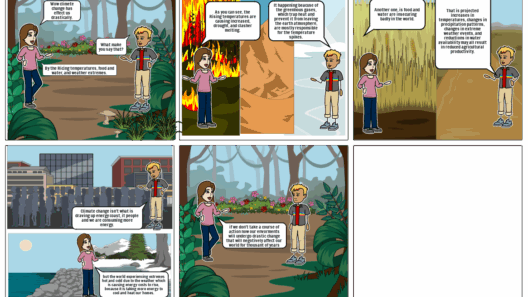In the vast tapestry of our existence, our actions weave a narrative that often goes unnoticed, yet bears significant weight on the very fabric of Mother Earth. The phenomenon of global warming, akin to an insidious tide, symbolizes a perilous shift in our planetary equilibrium. How do we, as inhabitants of this fragile ecosystem, contribute to the pervasive enigma of climate change? To unravel this question, we must delve into the intricate layers of our carbon footprint—a stark testament to our daily choices and their consequential repercussions.
At the heart of the matter lies the concept of the carbon footprint, a metaphorical footprint left on the sands of time, illustrating our contribution to atmospheric carbon dioxide emissions. It encompasses the total greenhouse gases emitted directly and indirectly through our activities, which coalesce to form a smoggy haze over our planet. Every product we consume, every mile we traverse, and every morsel we ingest adds to this ever-growing tally of carbon emissions.
Consider the modern consumer culture, where the siren call of convenience seductively beckons. Fast fashion, for instance, epitomizes this dilemma. The production of clothing—from the cultivation of cotton to the synthesis of synthetic materials—incurs a colossal environmental cost. Each garment unceremoniously discarded contributes to an insatiable cycle of waste, releasing multifarious pollutants into our atmosphere. This relentless churn mirrors a relentless storm, battering our climate with ferocity.
Transportation, another gargantuan source of greenhouse gases, serves as a glaring illustration of our unsustainable habits. The combustion engines that power vehicles emit copious amounts of carbon dioxide—a silent polluter that invisibly chokes our urban airways. Every car journey, every flight taken resonates like ripples in a pond, amplifying climate anomalies across the globe. Are we cognizant of this cascade of repercussions? Our journey detracts not just from our local environments but contributes to a global crisis that envelops us all.
Furthermore, the food we consume exacerbates our ecological burden. Agricultural practices, particularly those that prioritize monocultures and harmful pesticides, deplete soil quality and release nitrous oxide—a greenhouse gas significantly more potent than carbon dioxide. The relentless demand for meat-intensive diets propels deforestation, as forests are razed to accommodate expansive cattle ranches. This act of replacing lush greenery with barren land is akin to replacing a vibrant painting with an empty canvas, stripping our planet of its natural beauty and essential functions.
Every household is also a theater of greenhouse gas emissions, where energy consumption pulsates like a heartbeat. The electricity that illuminates our homes and powers our gadgets is oftentimes derived from fossil fuels, which release a torrent of carbon into our atmosphere. The insatiable thirst for electricity leads to a frenzied extraction of resources, undermining the balance of our natural systems. The act of leaving a light on or operating electronic devices without regard may seem inconsequential, yet when multiplied across millions of households, the implication reverberates through the fabric of our climate.
Waste management further illustrates our complicity in climate degradation. Landfills, brimming with refuse, become veritable cauldrons of methane—a greenhouse gas with a heat-trapping capacity exponentially greater than that of carbon dioxide. The composite materials in refuse refuse to decompose, leading to unending environmental repercussions. Herein lies a critical juncture: to use this understanding as a catalyst for change, we must reevaluate our consumption patterns and embrace principles of sustainability.
The interplay between our activities and carbon emissions underscores a collective responsibility. It is a call to arms for consciousness; an invitation to tread lightly upon the Earth. Each individual holds a unique key to unlock the door of sustainability. By adopting a circular economy model, we can mitigate our carbon footprint. This approach advocates for recycling, reusing, and refurbishing, ensuring that resources are cycled back into the ecosystem rather than discarded in vain.
Moreover, renewable energy presents a beacon of hope—a transformative remedy for our planet’s distress. Harnessing the sun’s boundless rays or the wind’s gentle caress can drastically reduce our reliance on fossil fuels. Transitioning to clean energy sources not only curtails emissions but paves the way toward a sustainable future, where the symbiosis between humanity and nature flourishes unabated.
Education and advocacy play pivotal roles in this endeavor. Spreading awareness amplifies the collective voice calling for action. The more individuals are informed about the ramifications of their choices, the more empowered they become to enact change. Whether it is through community initiatives aimed at reducing carbon footprints or participating in global movements promoting environmental stewardship, every effort counts. The potency of a united front is undeniably compelling, propelling society towards more sustainable practices.
Ultimately, confronting the realities of global warming demands an intricate dance of accountability and innovation. The age-old adage, “we do not inherit the earth from our ancestors; we borrow it from our children,” remains profoundly relevant. It beckons us to cultivate a conscientious relationship with our environment, respecting its boundaries and nurturing its resources. Embracing this responsibility will allow humanity to redefine its trajectory, alleviating the pressures of climate change and fostering a harmonious existence for generations yet to come.
In conclusion, scrutinizing our carbon footprints compels us to reevaluate our actions and motivations. Each decision we make, whether trivial or monumental, possesses the potential to tip the scales of our environmental impact. As we stand at this critical juncture, we must choose wisely and act decisively, ensuring that the legacy we leave behind is one of stewardship and sustainability, rather than degradation and despair.








